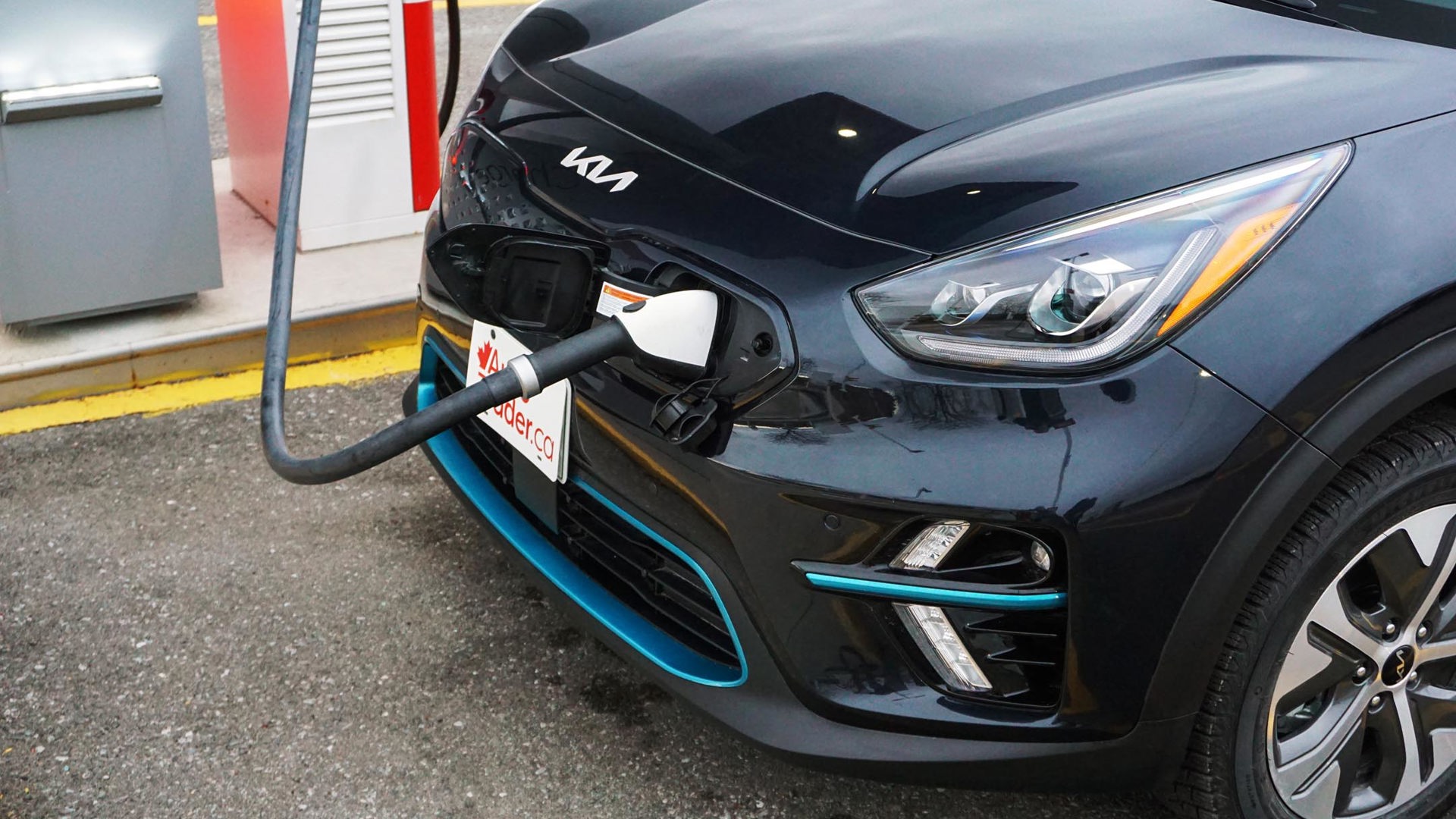There’s a lot of buzz about electric vehicles these days – mostly because more are being introduced than ever before, but also because zero-emissions mandates mean that in the not-too-distant future you might not be able to buy a brand-new internal-combustion vehicle to begin with.
There’s no need to fear the electrified future, but there is some stuff you should consider before you make the switch to an electric vehicle (EV).
1. You Can Do It Without Home Charging – But It Won’t Be Easy
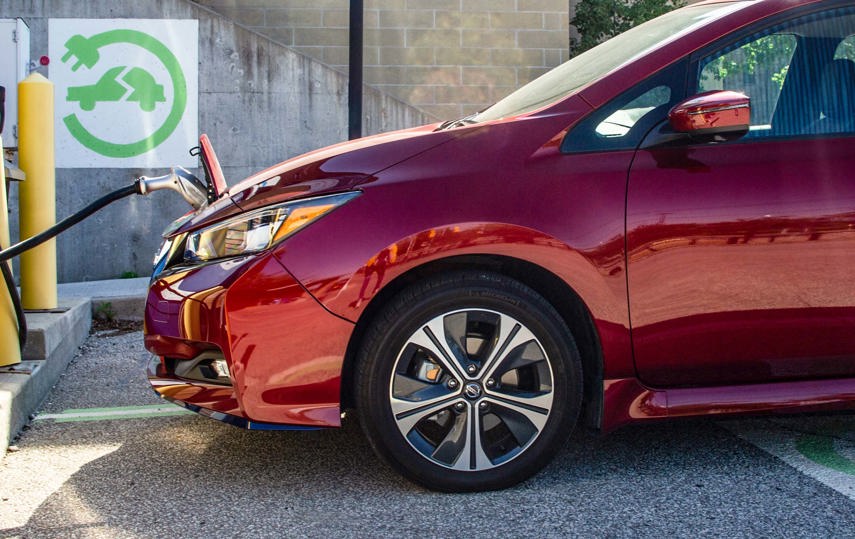
Any EV owner will tell you that the best times to charge are during off-peak hours overnight, when electricity is cheap. That’s great if you’ve got access to a charger at home, but many building-dwellers – your humble author included – are out of luck.
That doesn’t mean an EV is out of the question, it just means a little less convenience (and a little more money) to make it happen. You’ll want to familiarize yourself with your local public chargers, maybe start shopping at a grocery store that has one available, and even see if your workplace will have one installed if it doesn’t already.
But remember: not having the ability to easily plug in at home or work means taking time out of your schedule instead, so keep a book in the glovebox to kill the time by reading, or keep a comfortable pair of shoes in the back to get some exercise when the weather allows.
2. Charging Infrastructure Is Woefully Inadequate
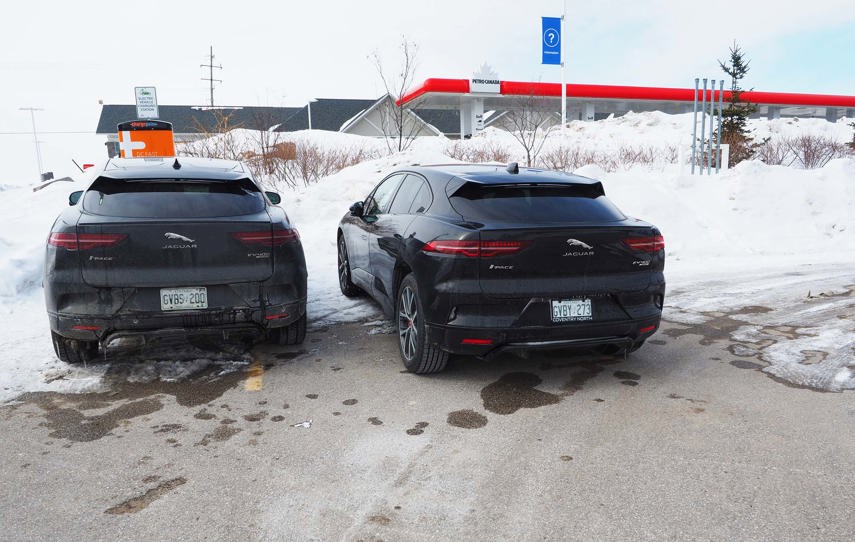
Yours truly wrote a column that you all should read, but here’s the Coles Notes version: if EV adoption is going to take off like it needs to, access to public charging needs to get with the times in a hurry. Forget about unreliable chargers for a minute and just focus on volume alone: even in a pretty densely populated pocket of the Greater Toronto Area (GTA) where this author resides, there are just two public charging stations.
On top of that, just about every public charger out there needs its own app and account, they can be broken or occupied, or you might live somewhere that there’s no access at all. Obviously, this isn’t a you problem as much as a they problem – “they” being the powers that be in charge of building public chargers so you can make the drive from, say, Toronto to Montreal with a quick stop along the way. Even so, until they figure this stuff out, it has a big impact on you.
3. Charging Speeds Vary Wildly
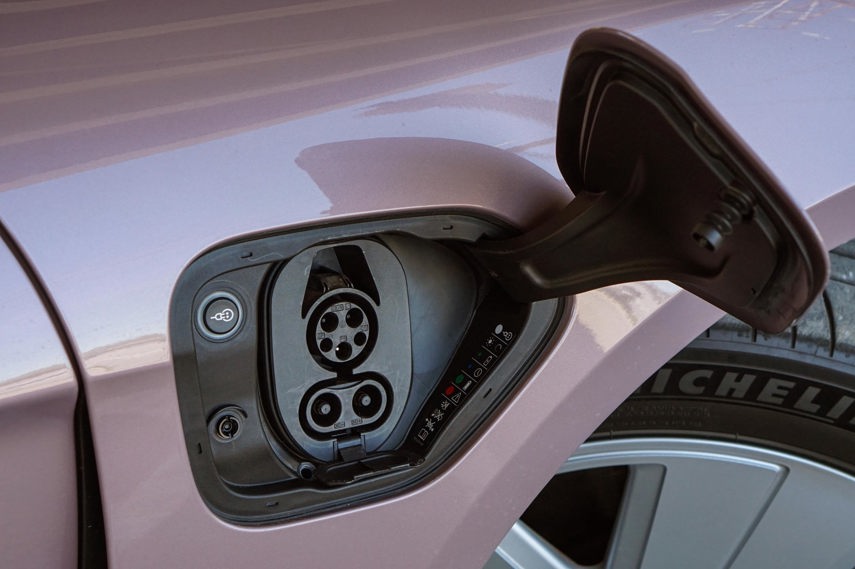
Let’s say you find yourself a DC fast-charger and have a car that can take advantage of speedy charge times that almost make stops quick enough not to care; then there’s the whole problem of actually charging quickly.
See, DC fast-chargers are cool, but even the ones that can feed 350 kW of juice into your battery don’t actually do that most of the time. Take the Porsche Taycan: in theory, it can draw as much as 270 kW at one of those stations, which would make for lightning-fast charge times. Except in separate tests, it never came close to that kind of energy flow. Granted, it was still able to charge quickly, particularly in the summertime; but unlike the predictable few minutes spent at a gas pump, the amount of time spent plugged into a charger can fluctuate wildly.
Environmental factors like ambient temperature, as well as the current state of charge and the battery size and make-up itself, or how much the charger itself can pull from the grid, and that means fast-charging might not be as fast as advertised.
4. The Location of the Charge Port Matters
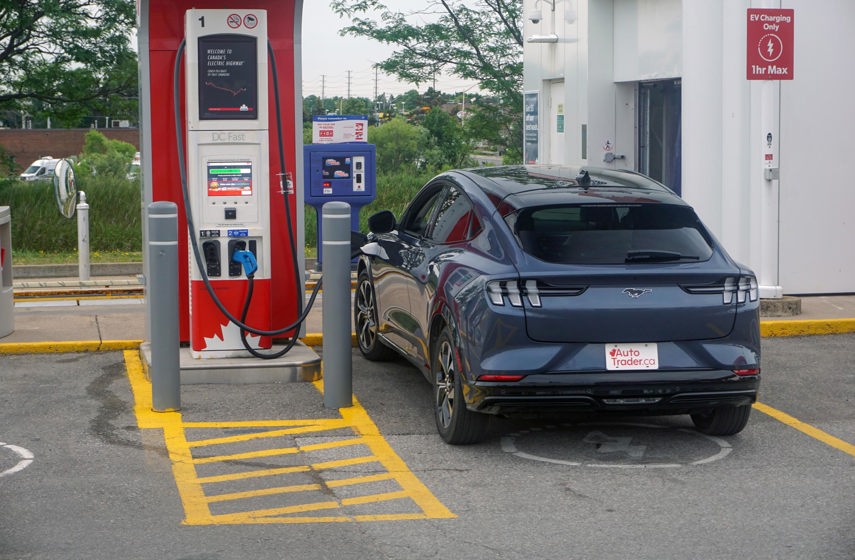
So you might be thinking to yourself, “These car designers know what they’re doing,” and you’d be right – mostly. Sure, there’s usually a method to the madness as far as why various features and components are placed where they are. For instance, the fuel door may be on the driver’s side of one car but the passenger side of the next. Sometimes the decision comes down to which market a particular vehicle was designed for, with the former being left-hand drive countries like Canada and the United States, and the latter right-hand drive ones like the United Kingdom and Japan. (And sometimes it’s just coincidence, of course.)
When it comes to slapping the charging port on the outside, though, not just anywhere will do. Because while it’s possible to pull up to either side of the average gas pump (and with either side of the vehicle), that’s not always true to charging stations. Take the curbside ones that exist in some downtown shopping areas; should your vehicle’s charge port be on the driver’s side, you’re simply out of luck (unless, of course, it has a cable long enough to reach).
There are other scenarios that make location potentially problematic, too. For example, the bollards protecting the chargers at a Petro-Canada station meant there was no way to open the door on the Ford Mustang Mach-E to plug in. With the Porsche Taycan, there are charge ports on both sides of the car, while the Kia Niro EV’s is right on the front so you can access it no matter how you’re parked.
5. You Can’t Skip Winter Tires – Even With AWD
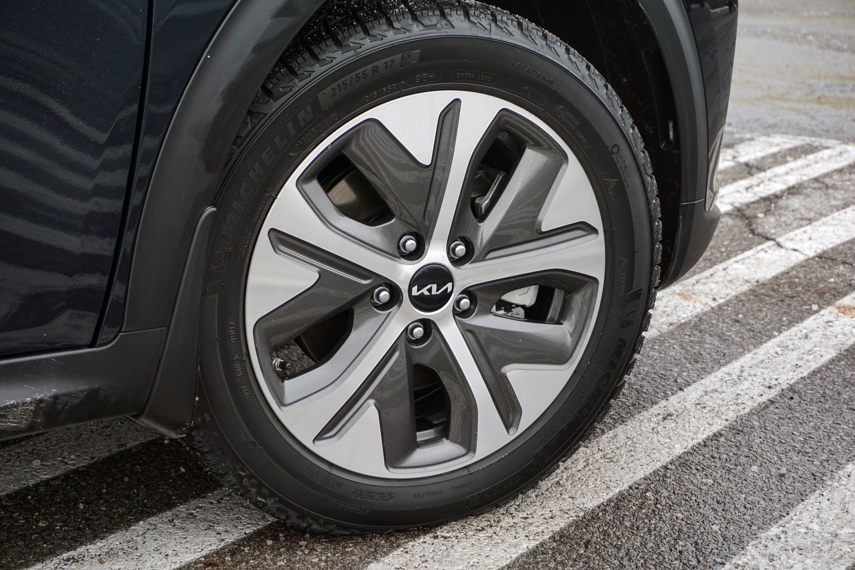
This doesn’t just apply to EVs, but it’s worth going over again anyway: just because the electric car, truck, or crossover you’re considering has all-wheel drive and a big battery underneath doesn’t mean you can skip winter tires.
Remember, sending all that electric torque to more wheels does nothing to slow you down any quicker. If anything, you’ll notice the benefits of winter tires even more with an EV considering how quickly that torque gets to the wheels – even in a pedestrian one like the Kia Niro. In fact, that five-door EV is a great example of why winter tires matter more than all-wheel drive, with a sense of surefootedness on winter rubber despite it being front-wheel drive only.
Just to be clear, none of those are reasons not to get into an electric vehicle, but they are the hurdles you maybe haven’t thought of just yet. Obviously, there are tons of benefits to driving an EV, but this is the kind of stuff that usually isn’t considered without some experience. Either way, there’s no time like now to figure this stuff out so you can take advantage of that sweet, sweet emissions-free driving experience.
